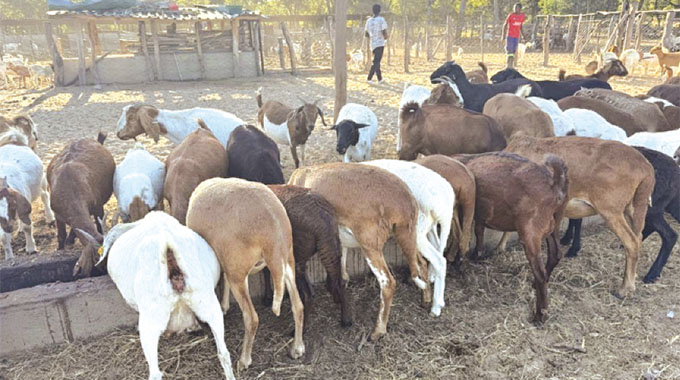Rains frustrate wheat harvesting

Agriculture Reporter
WHILE the majority of farmers are revelling in the onset of the rainy season, some wheat farmers are racing to complete harvesting of the cereal to escape losses with the rains constantly frustrating their efforts.
Zimbabwe operationalised its import substitution measures and expanded the hectarage to 80 000ha with projected yields of 380 000 tonnes to set the country would become wheat self-sufficient. The move will also allow the country to escape the harsh effects of the geo-political disturbances in Eastern Europe that have disrupted supply chains creating shortages of wheat and other commodities globally.
The Agriculture Advisory and Rural Development Services (AARDS) report of November 24, Lands, Agriculture, Fisheries, Water and Rural Development chief director responsible for Agriculture Advisory Services, Professor Obert Jiri, said harvesting of wheat had halted in some areas due to high moisture content, triggered by the onset of rains.
“This is a major setback to farmers as they end up delaying delivering their wheat to GMB depots due to high moisture content. Rain can ruin the quality of wheat, hence farmers should make sure they protect the crop so that the rains do not compromise the quality of the crop,” said Prof Jiri.
Prof Jiri also urged farmers to scale up their harvesting activities.
Glendale depot manager Mrs Milliet Makumbe recently explained that they expected farmers to deliver grain with a moisture content of 12, 5 percent.
“Due to the onset of rains, some farmers bring their wheat with high moisture content resulting in them being turned away. This increases transport costs and some of them are left without meaningful profits,” she said.
According to the AARDS report, the wheat crop that has not been harvested has already matured.
So far, the cumulative area harvested across the provinces stands at 72 389 hectares, which is 89 percent of the planted area with cumulative expected production of 326 687 tonnes.
Meanwhile, Zimbabwe expects to attain wheat self-sufficiency with a harvest of 380 000 tonnes nationwide.
Zimbabwe requires about 360 0000 tonnes of wheat annually and the expected harvest of 380 000 tonnes of should generate a surplus of about 20 000 tonnes.
Last season, farmers produced wheat enough to meet months of local demand. This year’s harvest is the first ever, since commercial wheat growing started in 1996, that Zimbabwe is reaching self-sufficient.
Wheat is the second most important food security crop after maize.
The estimated monthly wheat requirement stands at 30 000 tonnes of the annual requirement for soft wheat.
The attainment of soft wheat self-sufficiency is premised on Government’s agricultural transformation anchored on active private and public sector participation.
The private sector should at least contribute to the production of 40 percent of their raw material requirements in line with Government’s import substitution policy.









Comments